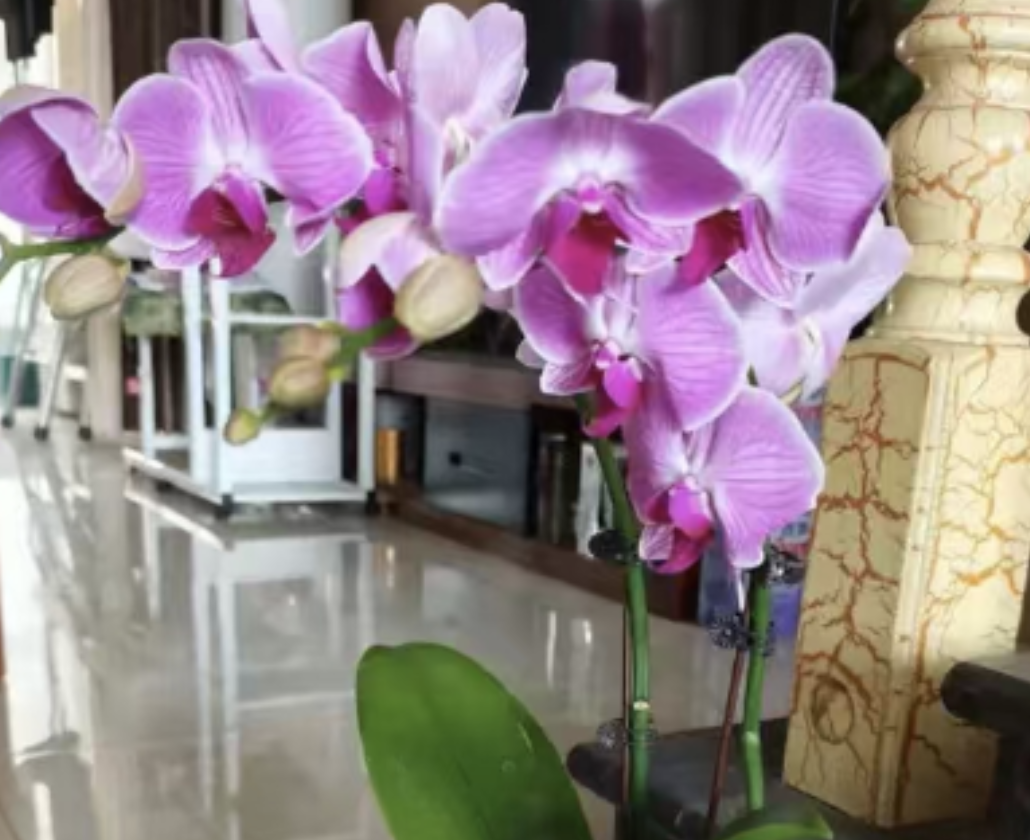With the rise in temperature, the bulb flowers that have been brilliant throughout the spring also gradually come to an end. How to deal with the bulb after the flower has withered? Just throw it away or continue to raise it? In this issue, let's talk about it.
Whether to continue to raise it mainly depends on whether the bulb can bloom again. Tulips and Chinese Narcissus have poor blooming again, and the bulb after the flower has withered can be thrown away directly, and it is enough to buy the bulb again next year, and there is no need to occupy the pot soil. Of course, if there is a yard, it can also be planted in the yard to test;
Those that are easy to bloom again, such as Hippeastrum, lily, grape hyacinth, daffodil, and freesia, require scientific maintenance after the flower. Next, let's talk about the post-flower management of bulb flowers that can bloom again.
First, the bulb recovery
The blooming of bulb flowers has consumed a large amount of nutrients, and at this time, the balls will all become shriveled and reduced, so the focus of their maintenance after the flower is to raise the ball.
- Trimming. Wait until the flowers and flower stems wither, and after the nutrients flow back to the bulb, cut off the withered parts.
- Fertilization. If you want the bulb to expand, you need to apply more phosphorus and potassium fertilizers, and use the rice water essence of Qianbaiji once every 15 days.
- Adequate light is beneficial for photosynthesis and creates more nutrients to promote the growth of the bulb.
- Day and night temperature difference. During the day, the temperature is high, the photosynthetic effect is strong, and more nutrients are produced; at night, it is given a lower temperature, and the respiratory effect will be weak, and less nutrients will be consumed. In this way, "more tonic" and "less consumption" allow nutrients to be accumulated for the growth of the bulb. Therefore, if you want the bulb to expand quickly, flower friends can put the flowers in a warm and well-lit place during the day and in a place with a lower temperature at night to create a temperature difference of about 10 degrees.
- The growth rate of lilies is relatively fast, and the roots are well-developed. After the flower, it is recommended to replace it with a larger pot to give it enough growing space, which is beneficial to the recovery of the bulb; Hippeastrum, observe it, if the roots are full after the flower, it also needs to replace it with a larger pot.
Second, whether to collect the ball?
- Hippeastrum will enter dormancy in winter, and before the dormancy, it can be raised according to the above method until the bulb. During the winter dormancy, there is no need to collect the ball, and after pruning the leaves, put it directly in an environment of about 10 degrees with the pot to dormant for about 1.5 months.
- Daffodils, grape hyacinths, freesias, oxalis, lilies and other flowers have different dormancy periods from Hippeastrum.
If they are planted in autumn, they will enter the dormancy period in the next summer, and if they are planted in spring, they will enter the dormancy period in the same autumn. During the dormant period, there are two processing methods, one is to collect and store the ball; the other is to dormant in the original pot.
When it comes to the dormant period, the leaves of these bulb flowers turn yellow and wither, at this time, you can stop watering and fertilizing, and when the leaves are completely withered, you can start to collect the ball.
Grape hyacinths, oxalis, lilies, etc. are very easy to produce small balls. When collecting the balls, don't forget the small balls. Trim the roots on the bulbs clean and store them in a cool and dry place.
If the original pot is in dormancy, the previous steps of bulb recovery are the same, but instead of collecting the balls during the dormant period, just put the pot and ball directly in a cool, dry, and well-ventilated place and wait for the sprouting in the spring of the next year.
Note that during this period, do not water or fertilize, the ventilation must be good, and the summer temperature must be low, otherwise the bulb will be easily rotten in the soil.





Leave a Reply